Do Hair Dyes Damage Your Hair And Scalp?
Everything you need to know about the damaging effects of hair color on your locks.
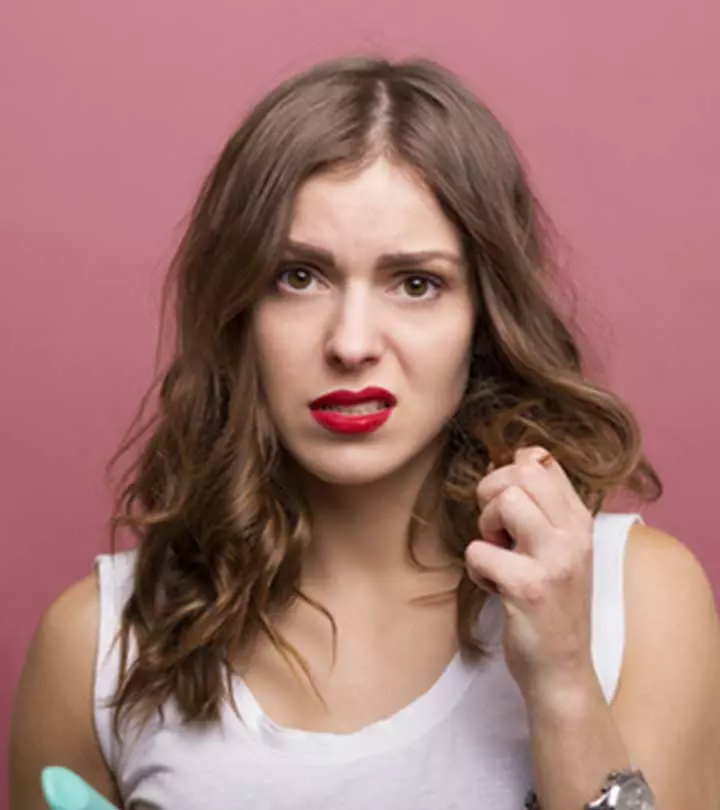
Image: ShutterStock
Gone are the days when people colored their hair in a bid to cover their grays. Now hair colors are more of a fashion statement. Hair salons are bustling with clients who want to try out the latest hair color trends. But as fun as they may look, the truth is that hair dyes damage your hair.
Whether you paint your hair in a natural balayagei Derived from the French word ‘balayer’ which means to sweep, it is a freehand hair-highlighting technique. or play around with pastel or bright colors, the chemicals in hair dyes cause more harm than good. You probably observed your hair feeling weaker after you’ve colored it. This article is an exposé on how hair dyes actually damage your hair. Keep reading.
In This Article
How Does Dye Affect Your Hair?
Hair dyes consist of a cocktail of chemicals – developer or oxidizing agent, ammonia, and coloring agent.
Ammonia opens the hair cuticles, and hydrogen peroxide, a commonly used oxidizing agent, penetrates the hair shaft to strip its natural pigment. When your natural hair color is gone, the coloring agents get to work and dye your hair (1).
Thus, hair dyes can alter your hair color permanently. But, does dyeing your hair damage it in any way? Check out the next section for your answer.
Key Takeaways
- Hair dyes may damage your hair as the chemicals in them open up hair cuticles and strip away the natural pigment from your tresses.
- The damage caused by a semi-permanent hair dye is minimal compared to permanent hair dye.
- The damage caused by dyeing can be managed using heat protectants and color-safe and hydrating hair products.
Does Dyeing Your Hair Damage It?
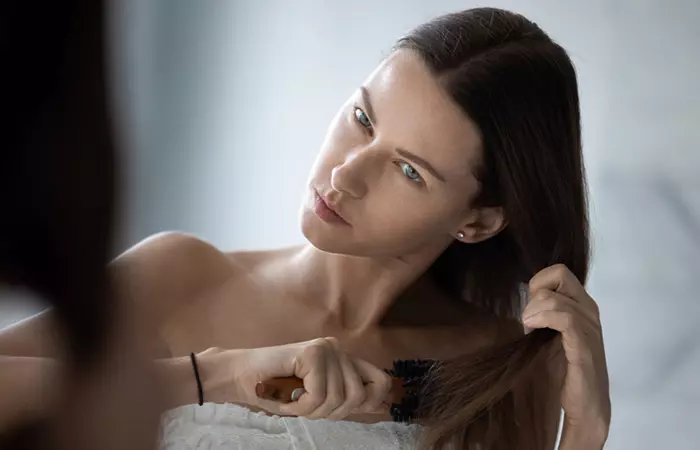
Yes, hair coloring leaves your locks prone to damage. A dye does not merely stain your hair but penetrates the shaft to alter the natural hair pigment. Thus, frequent hair dyeing can strip the protective lipid layeri The layer of fatty acids over the hair shaft that protects it from external damage and aids in keeping hair healthy, strong, and shiny. from your hair, called the cuticle, leading to roughness and damage.
Moreover, a hair dye’s damage extends beyond your tresses. The side effects of hair dyeing may also affect your scalp leading to allergies, dryness, scalp itchiness, and redness.
A study published by the American Chemical Society in 2022 revealed that endocrine-disrupting chemicals (EDCs), like parabens, bisphenols, and phthalates found in hair dyes, can interfere with hormone signaling and affect the development of breast tissue. Exposure to hair dyes with EDCs, especially during childhood and adolescence, may lower the age at menarche and increase breast cancer risk. About 33% of women over 18 and more than 10% of men over 40 in Europe and the United States dye their hair. A population-based study from the United States involving 363 non-Asian women demonstrated an increased risk of bladder cancer who exclusively used permanent hair dyes. The risk involved was higher with longer duration and increased frequency of use.
Rachwat, a beauty blogger, shared how frequently dyeing her hair damaged her tresses: “Although my hair went red, this time a deeper one due to the purple base, I had really damaged my hair. One patch on the top of my layers on the right hand side of my head had actually gone white, elasticated and snapped off (i).”
What can cause more damage to your locks – dying them a lighter color or a darker one? Scroll down for more information.
Light Vs. Dark Hair Colors: Which Is More Damaging?

Both light and dark hair colors use hydrogen peroxide that oxidizes your natural hair color, increasing the risk of hair damage. The developer (hydrogen peroxide) opens the cuticle and removes as much of the natural pigments from your hair as necessary to dye it permanently. Although it should be targeting melanin, the developer also interacts with keratin molecules, making your hair weak and prone to damage.
When depositing color, you are putting color into the hair strand, where the artificial color molecules will cling to the original color molecules. When lightening the hair, the hydrogen peroxide lifts the cuticle and pulls the original color pigment out of the hair instead of depositing color to cling to it. Once these pigments have been removed from a hair strand, you cannot get them back.
Hence, choose a shade close to your original hair color while dyeing it permanently. This can be less damaging than darkening or lightening your hair beyond the range of its natural shades.
Is a semi-permanent hair dye just as damaging for your hair? Find out below.
Does Semi-permanent Color Damage Your Hair?
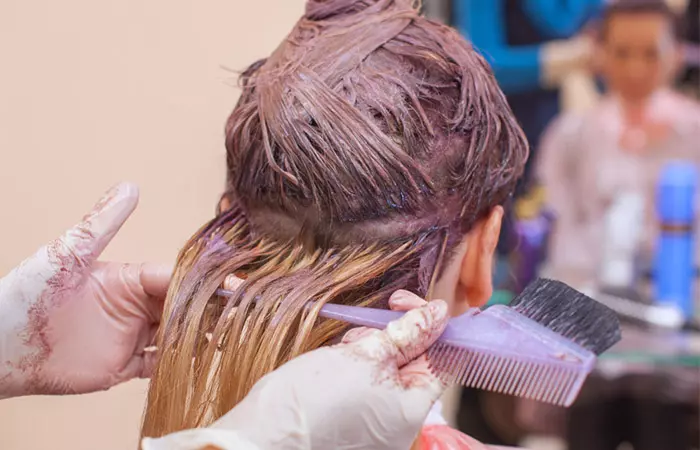
No, a semi-permanent hair color is not as damaging as a permanent hair dye since it merely coats the hair cuticle. It is free of peroxide and ammonia and does not bleach the natural pigments of your hair.
However, semi-permanent hair dye has its cons. You will only be able to darken the hair color and not lighten it with semi-permanent hair dyes. The color will fade after a few shampoo washes and requires frequent reapplication.
 Trivia
TriviaDyeing your hair changes its structure, especially if you are using permanent hair color. But can the condition of your hair determine the severity of hair dye damage? Let us find out in the next section.
Hair Dye Damage: How Your Hair’s Condition Makes A Difference

Your hair changes the way it feels and behaves after dyeing. But the state of your hair at the time of your dye job also makes a difference.
Weak and fragile hair (means you have damaged cuticles) might not be able to hold the color. Also, coloring your weak hair can lead to breakage, hair fall, frizz, and broken cuticles. Ideally, you should stop dyeing your hair if it is already fragile to prevent any further damage.
You cannot just apply hair color anytime. Your hair should be clean and free of any buildup for the color to stick to your hair. Hence, wash your hair 24-48 hours before dyeing it for effective results.
If you want to color your hair, first, test its condition – how healthy or damaged it is. Understand the impact hair color will have on your hair and choose your options wisely.
 Quick Tip
Quick TipIf you have dyed your hair too many times, don’t worry! You can save your locks. Here are a few tricks to repair your damaged hair after dyeing. Read on!
What Can You Do To Repair Hair Dye Damage?
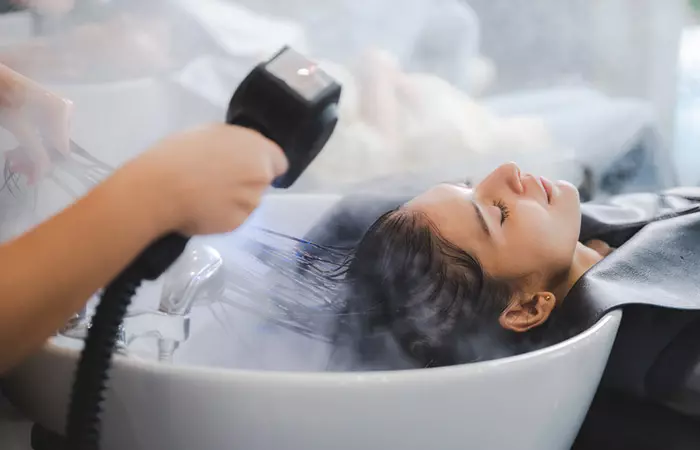
- Use Deep Hydrating Products
Hair dyes can deplete the natural moisture levels of your hair. Choose deeply hydrating products, such as conditioners and hair masks, that seal the natural hair moisture and help combat hair color damage. Moisturized hair can retain the color better, making it last longer. Also, a hair spa treatment every 15 days can help keep your colored hair strong and healthy.
- Opt For Color-Safe Products
Hair care products meant specially for dyed hair prevent the hair color from fading and help prolong its life. They are usually sulfate-free and do not strip the essential moisture from your hair. Special shampoos, conditioners, serums, and hairsprays are available on the market for different types of hair dyes and shades. Choose one that matches your hair type and color for the best results.
- Go For Hair Gloss Treatment
Hair gloss treatments
help prolong the life of your colored hair. They moisturize and smoothen your locks and reduce frizz. These treatments prevent dullness and add shine to your colored hair.
If you are in between coloring sessions and want to refresh your look, hair gloss treatments can come to your rescue. Indulge in this hair treatment if you want to tone your hair color and get rid of unwanted brassiness.
- Apply Heat Protectants
Heat styling can severely dry out your hair, especially if you have dyed it. Use heat protectants every time you grab your hair styling tools. This will prevent any thermal damagei Heat damage incurred by the hair that changes its natural protein structure. It is caused by the excessive use of heated tools. and keep your colored hair soft and healthy.
Now, let’s explore some natural alternatives for achieving different hair colors.
Natural Alternatives To Hair Dye
1. Coffee:
Coffee is often infused with natural dyes to achieve brown hair color. It can create shades ranging from reddish-brown to black-brown, offering versatile looks (2).
2. Henna: Henna is a prevalent component in herbal hair dyes (3). It has a non-oxidizing pigment known as lawsone, which imparts a reddish-orange hue to the hair. It is often blended with additional components to achieve deeper hair tones such as brown or black.
3. Tea: Tea has been used as a traditional hair colorant in Ayurveda since ancient times (2). You can either lighten or darken your hair with tea.
4. Lemon Juice: Lemon juice contains vitamin C, which functions as a natural hair brightener by reducing melanin pigmentation (4). Apply lemon juice to your hair while in the sun to accelerate the process of hair lightening.
Infographic: 7 Precautions To Follow While Dyeing Your Hair
Hair dyes are an easy and fun way to experiment with different looks. Unfortunately, the harsh truth is that they can cause dryness and hair damage. While following simple tips can repair the damage caused by hair dyes, it is important to keep these precautions in mind while applying them.
Check out the infographic below to know more! Illustration: StyleCraze Design Team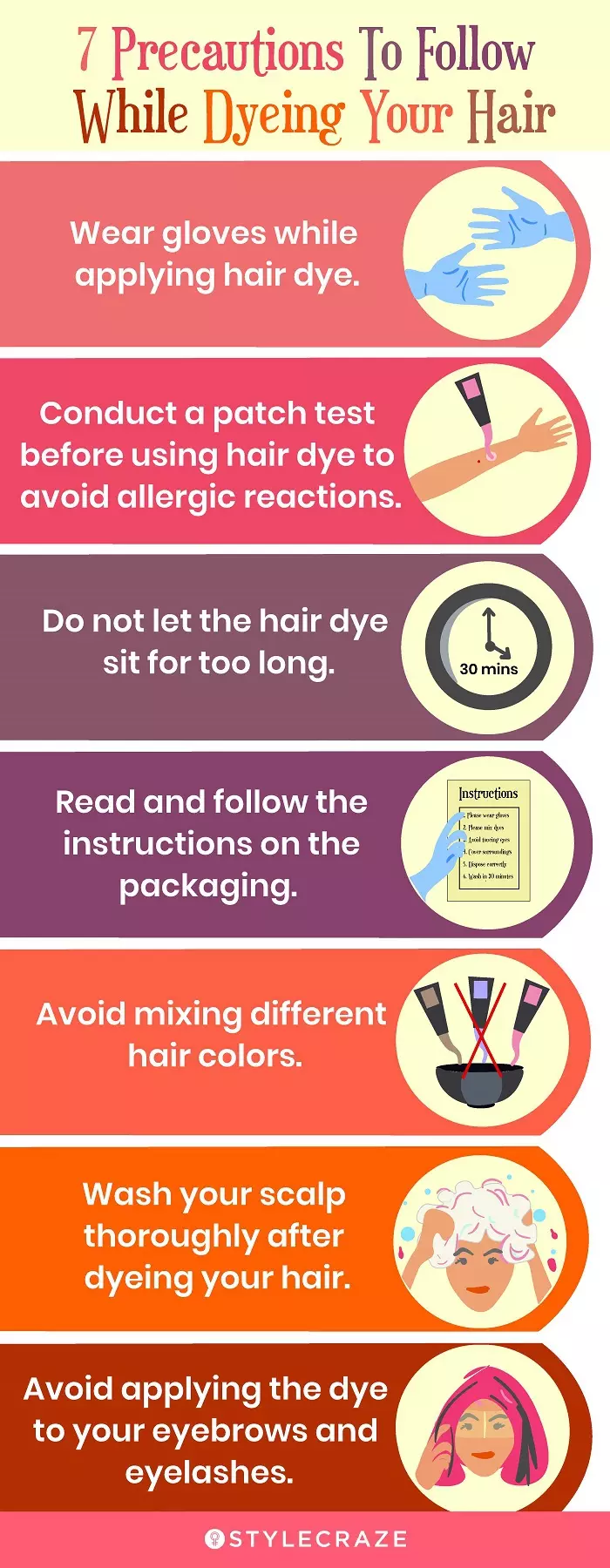
To Conclude
Dyeing your hair gives you a beautiful new look. While hair dyes damage your hair, it is not a cause of concern if you follow the above recommendations. The chemicals present in your hair dye may lead to hair breakage and damage. Thus, you need to combat this damage by using the right mix of hair care products. All you need is a little additional upkeep and mindful hair maintenance, and you can achieve flawlessly hued flowing locks. Make sure you limit your overindulgence in permanent hair dyes and adequately nourish your tresses. Additionally, you can easily achieve perfectly colored hair at home with less damage by using vegan or semi-permanent dyes. Remember, your hair coloring products matter!
Frequently Asked Questions
Will my hair get thicker if I stop dyeing it?
No, hair dyes don’t make your hair thin, so your hair won’t become thicker if you stop dyeing.
Can you dye hair without damage?
Yes, you can use semi-permanent or temporary hair dyes to color your hair without damaging it, as these dyes don’t penetrate your hair. They only coat it with color.
Is gray hair healthier than dyed hair?
Yes, gray hair is healthier than dyed hair because it is natural, while dyed hair is stripped of natural pigments in the hair shaft.
Does dyed hair grow slower?
No, hair dyes play no role in hair growth.
Curious about the effects of hair coloring on your precious locks? Explore the truth behind common concerns, dive into expert advice, and uncover the potential impact of hair color on your strands. Don’t miss this enlightening video!
Personal Experience: Source
StyleCraze's articles are interwoven with authentic personal narratives that provide depth and resonance to our content. Below are the sources of the personal accounts referenced in this article.
i. My Hair Story – How I damaged my hairhttps://rachwat.wordpress.com/2014/07/25/my-hair-story-how-i-damaged-my-hair/
References
Articles on StyleCraze are backed by verified information from peer-reviewed and academic research papers, reputed organizations, research institutions, and medical associations to ensure accuracy and relevance. Read our editorial policy to learn more.
- Investigation of hair dye deposition hair color loss and hair damage during multiple oxidative dyeing and shampooing cycles.
https://www.semanticscholar.org/paper/Investigation-of-hair-dye-deposition%2C-hair-color-Zhang-McMullen/1a6ea234ff1a9a54c701cc45171e92139a4e9eda - Synthesis and Evaluation of Herbal Based Hair Dye
https://www.semanticscholar.org/paper/Synthesis-and-Evaluation-of-Herbal-Based-Hair-Dye-Pal-Pal/a2a33b0eadaf2843ed07ccf9c561a27df0c96bbe?p2df - Types of Hair Dye and Their Mechanisms of Action
https://pdfs.semanticscholar.org/7d9c/ec6c3b213d7a2a3b1e87734e3ccf7559bafc.pdf?_ga=2.157916413.691352881.1610519018-117026028.1609836939 - ELIXIR OF CARDIUM
https://www.researchgate.net/publication/287217486_ELIXIR_OF_CARDIUM
Read full bio of Madison Dufour
Read full bio of Arshiya Syeda
Read full bio of Ramona Sinha
Read full bio of Medha Deb






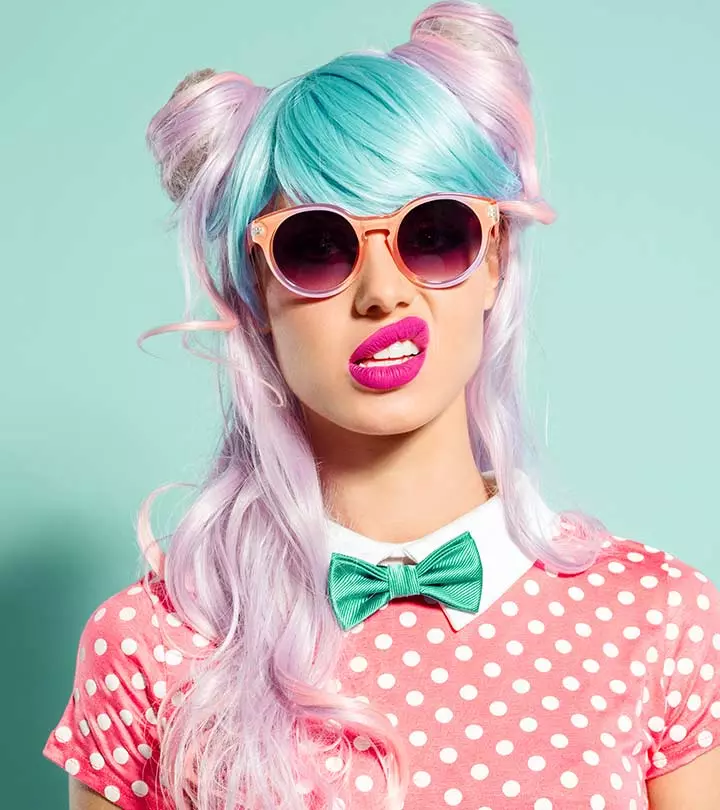
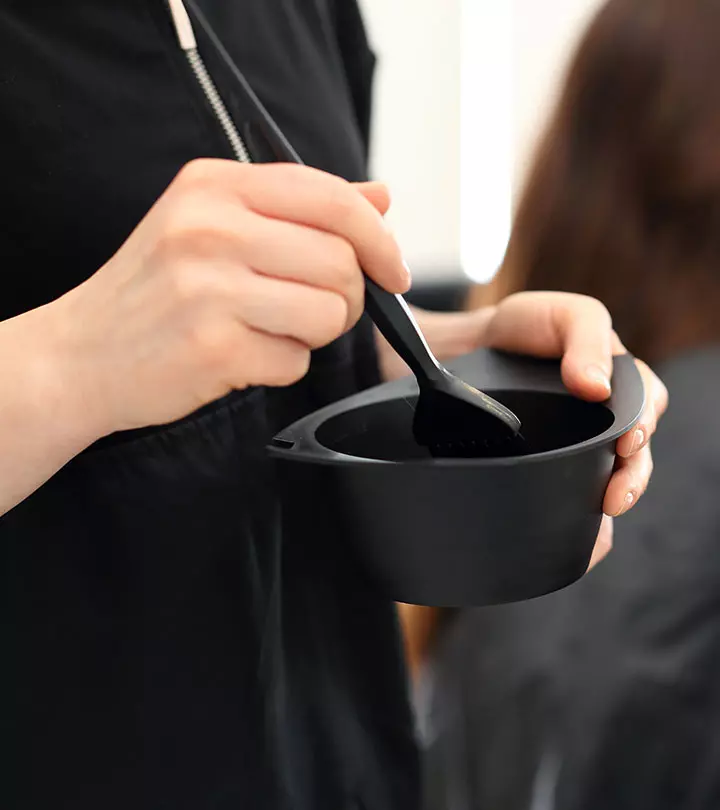
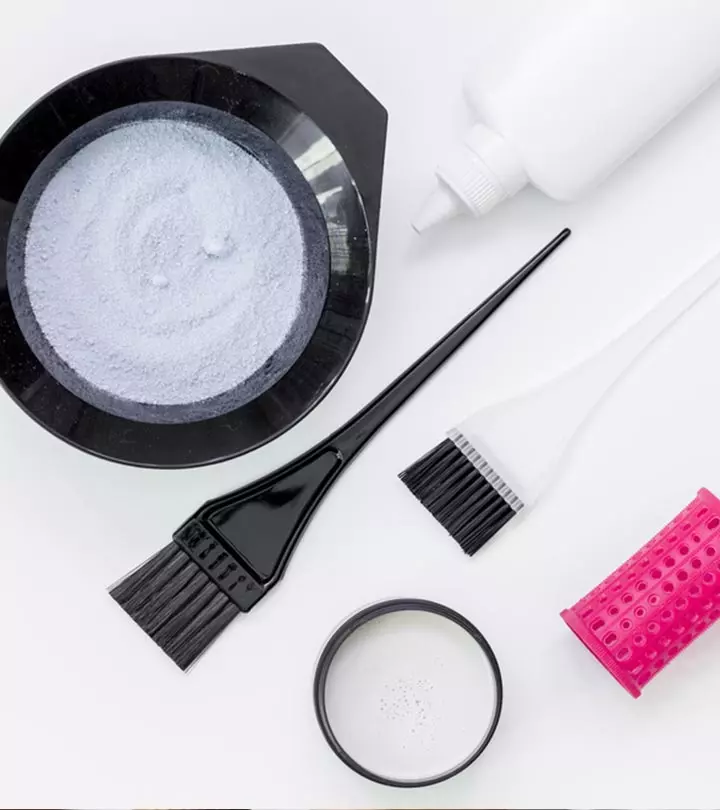
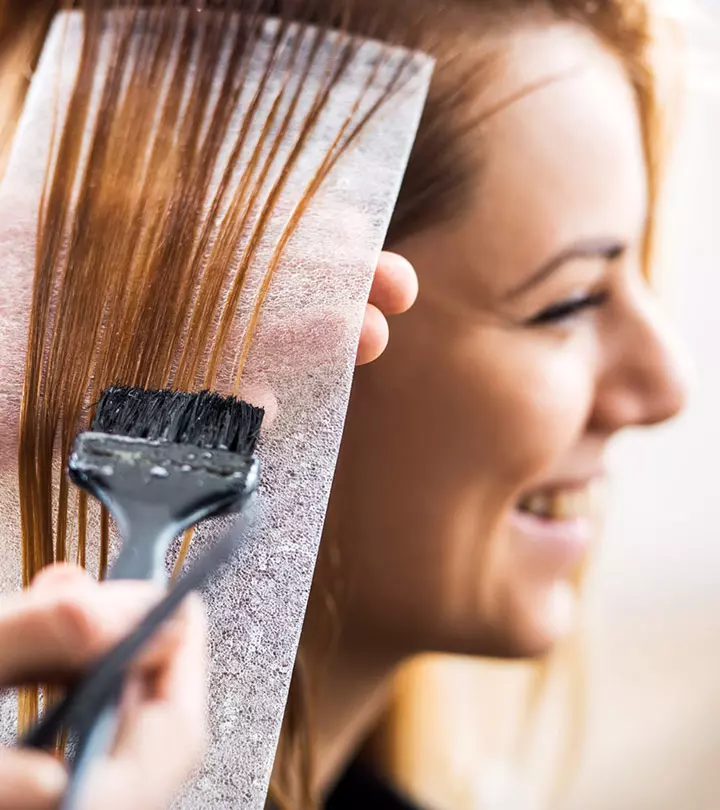
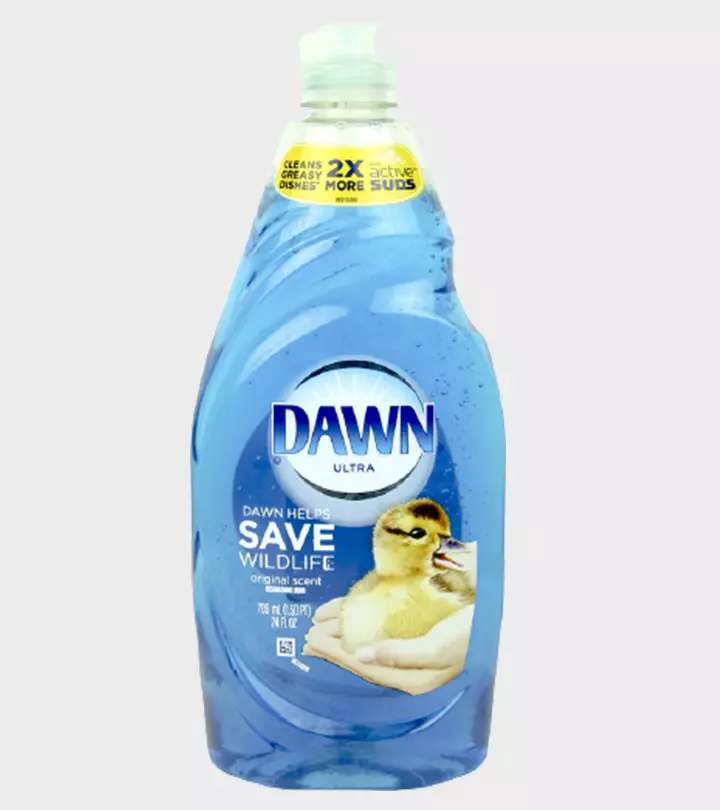
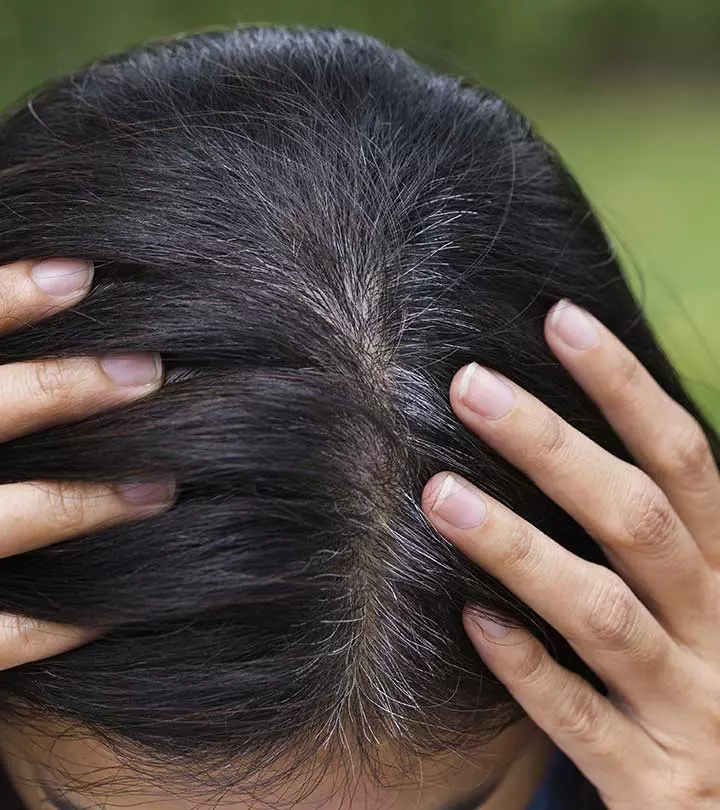
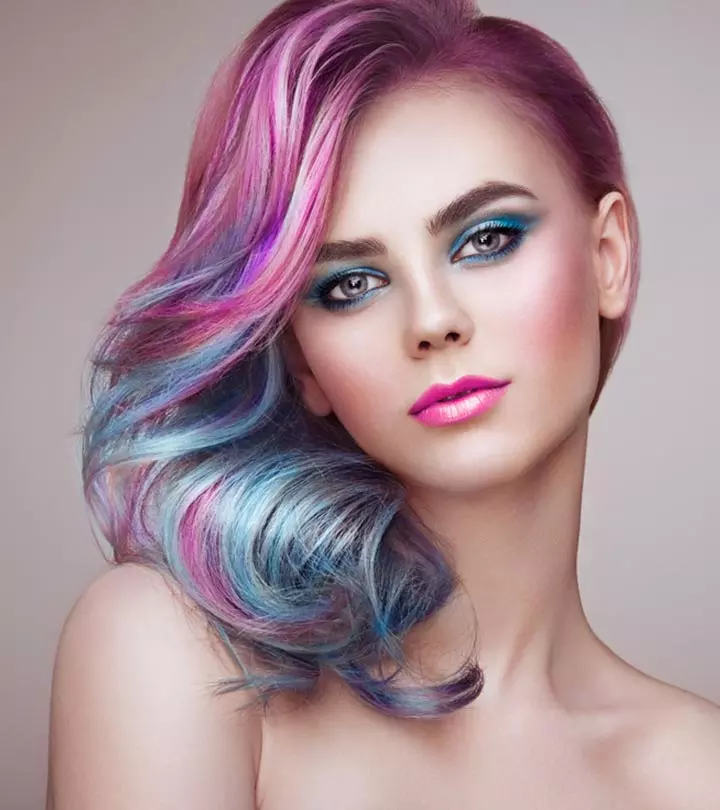
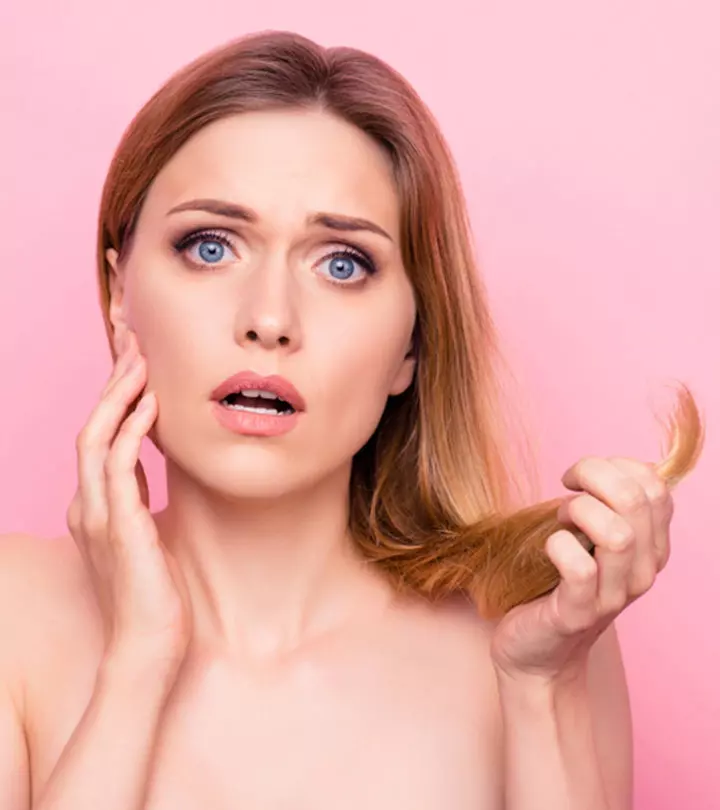

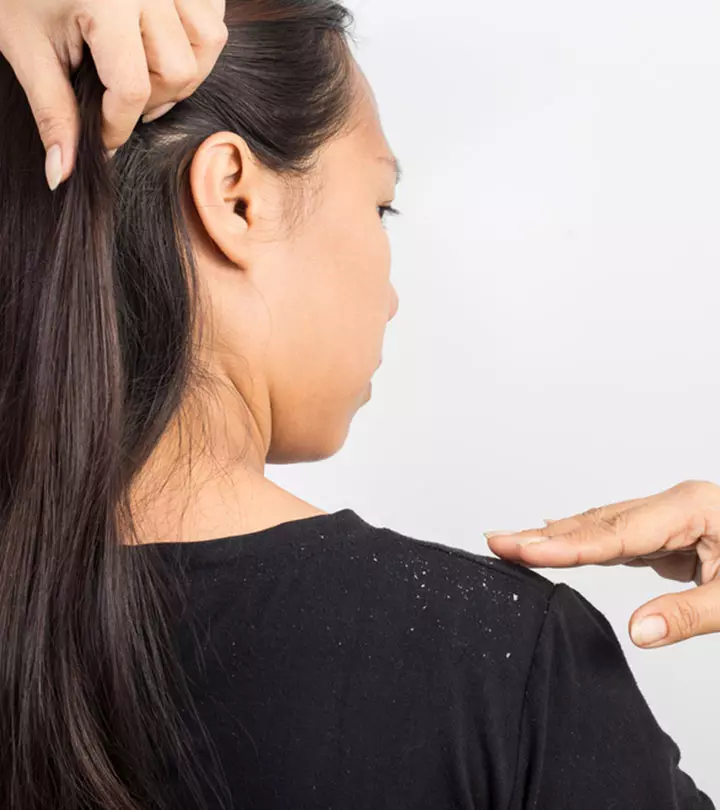

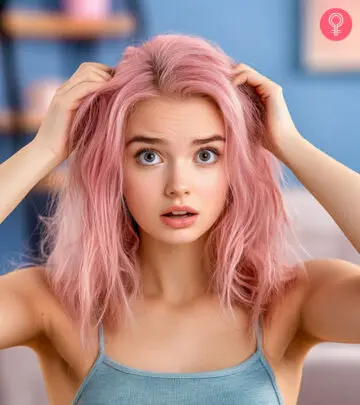
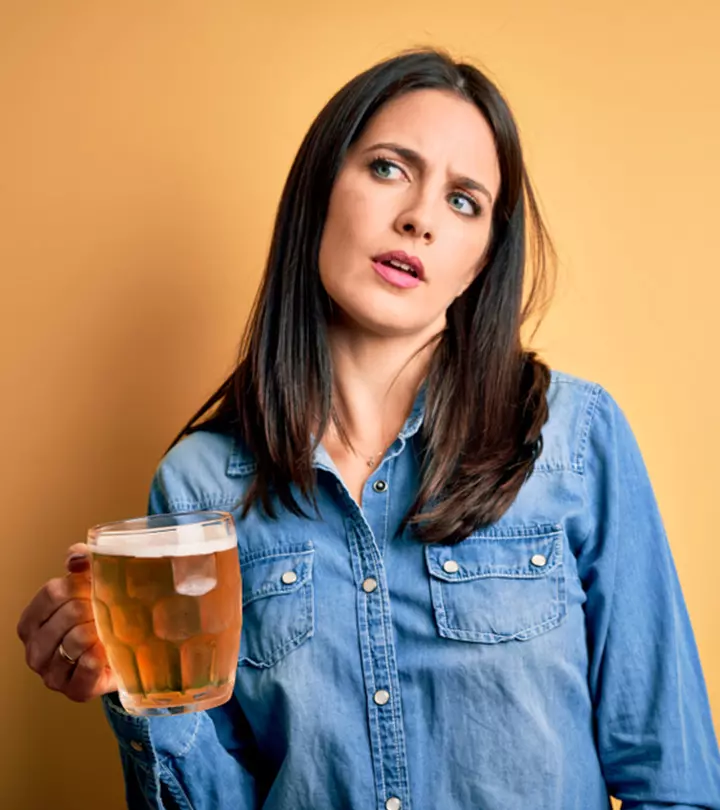
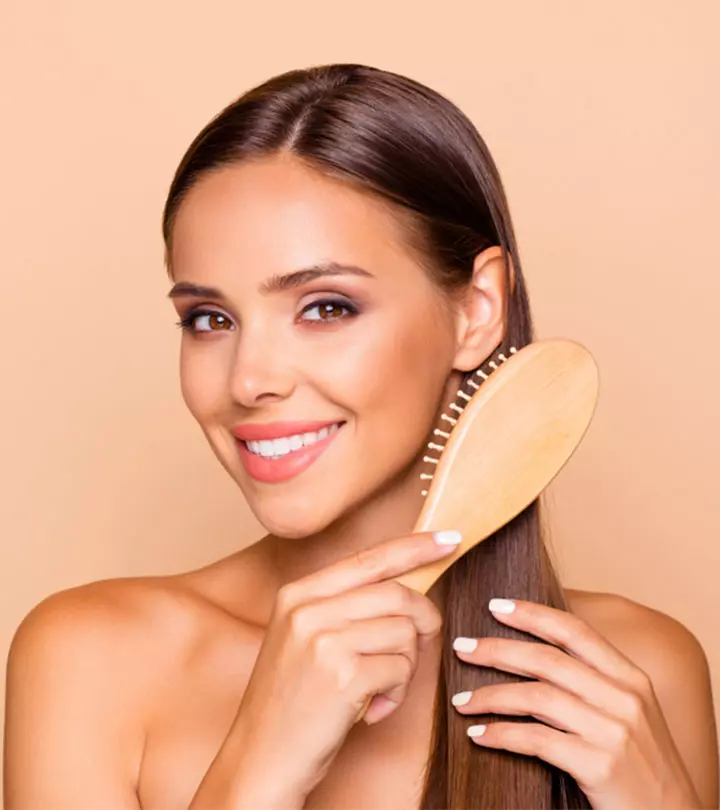
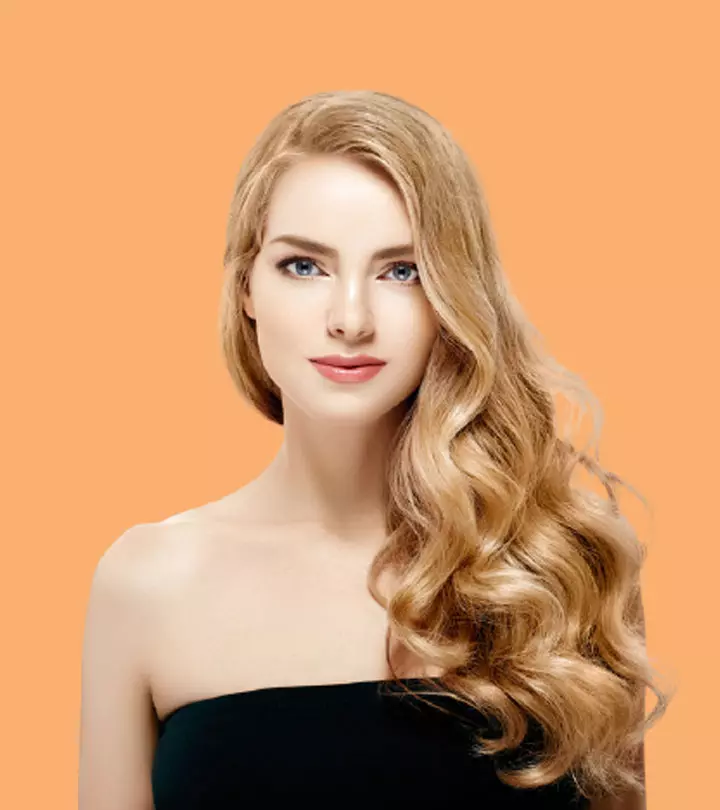
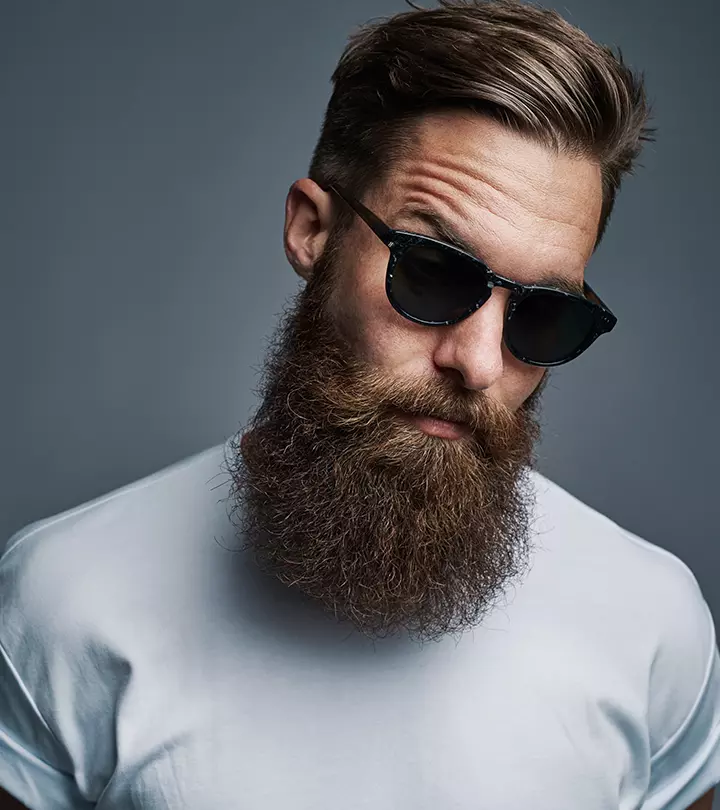
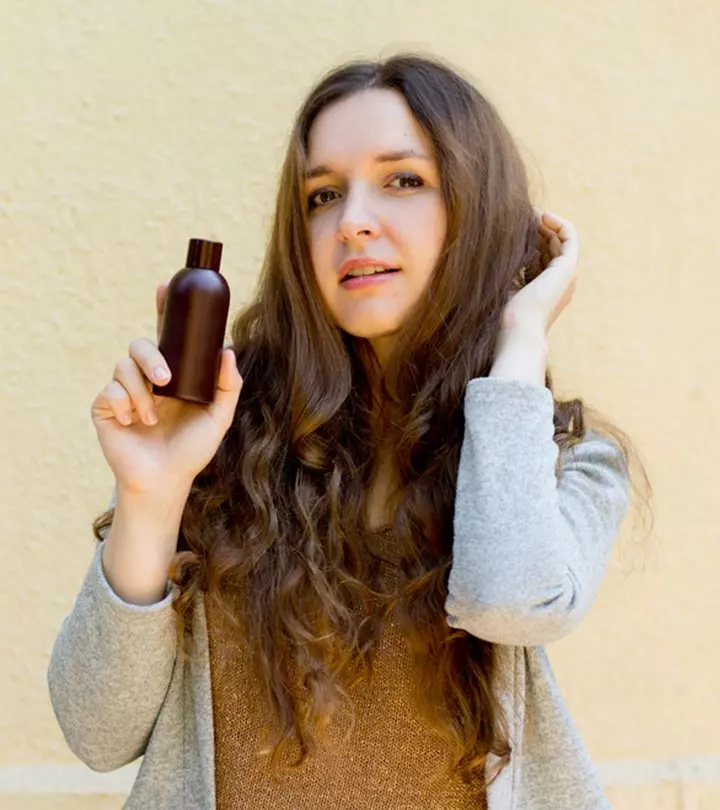
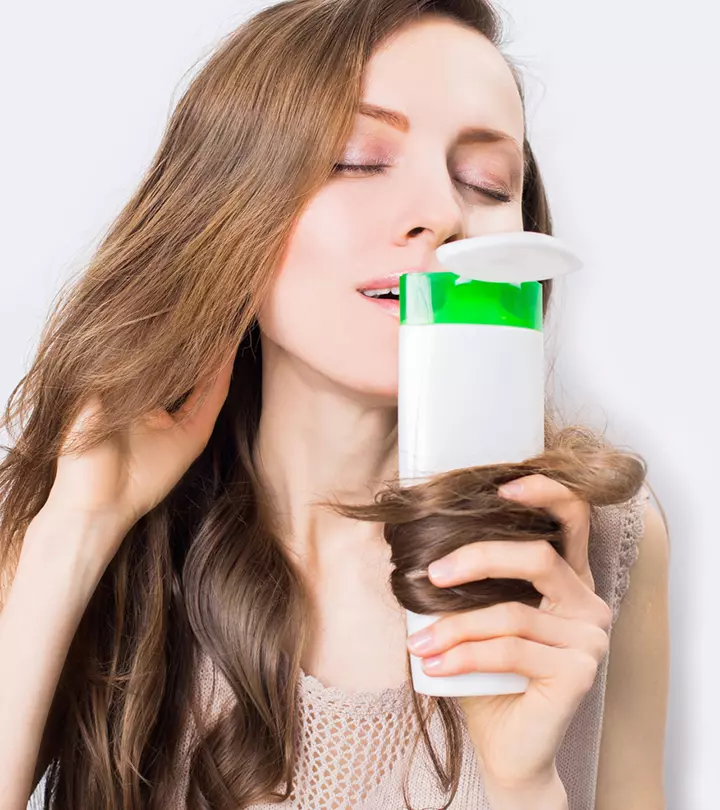
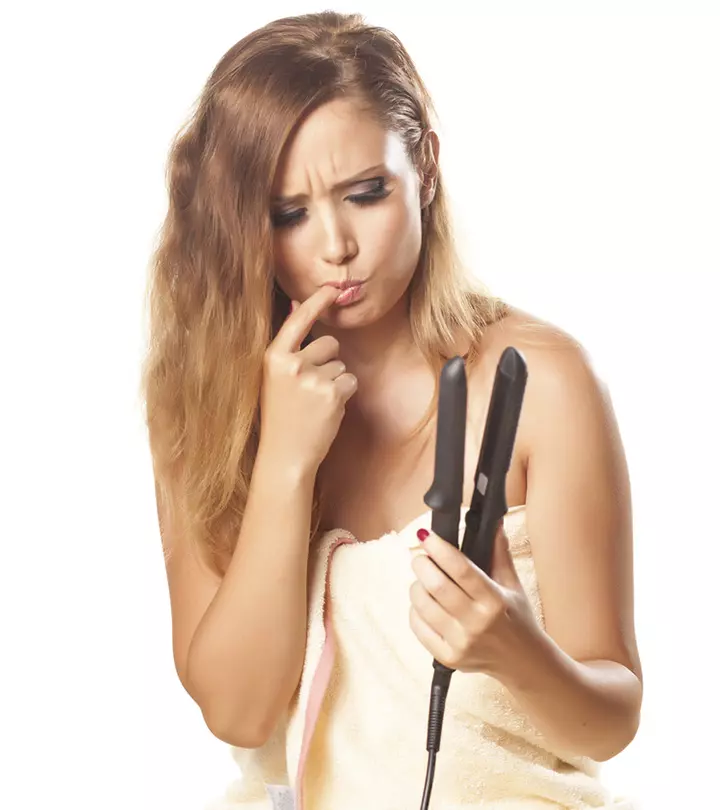
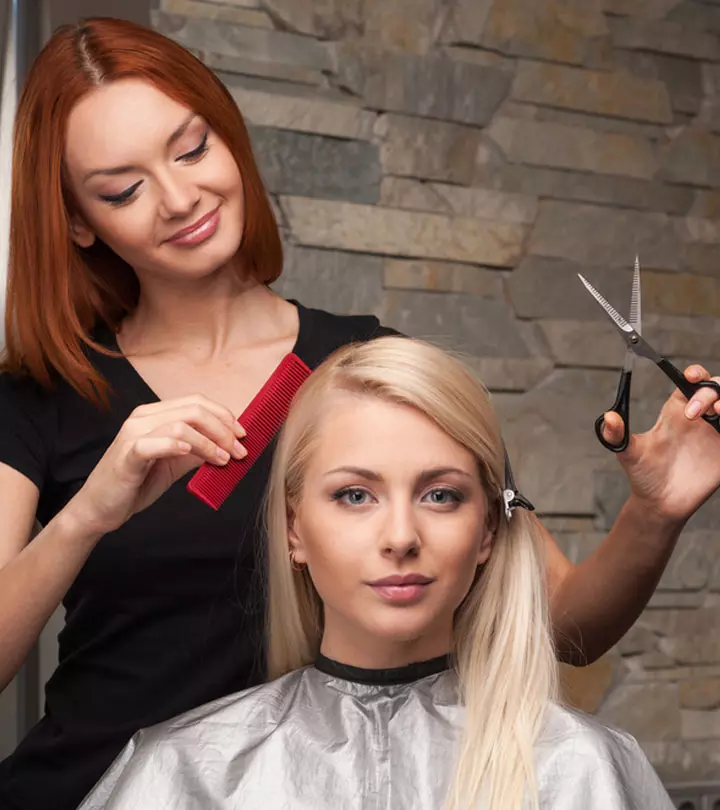
Community Experiences
Join the conversation and become a part of our empowering community! Share your stories, experiences, and insights to connect with other beauty, lifestyle, and health enthusiasts.